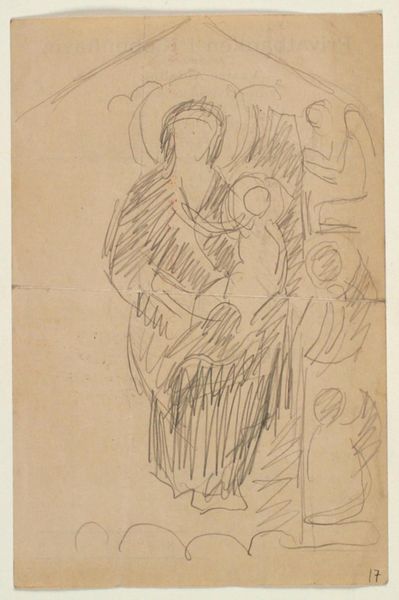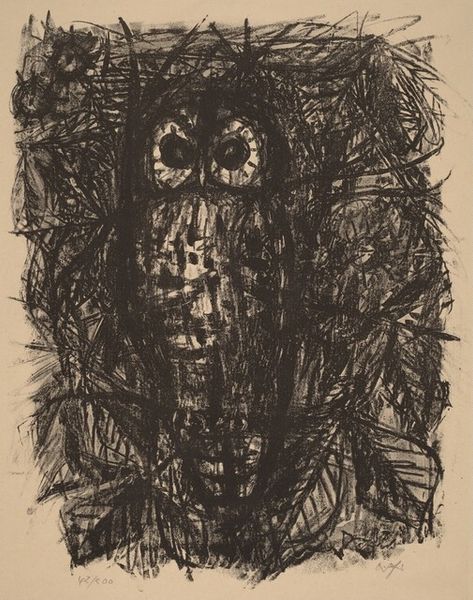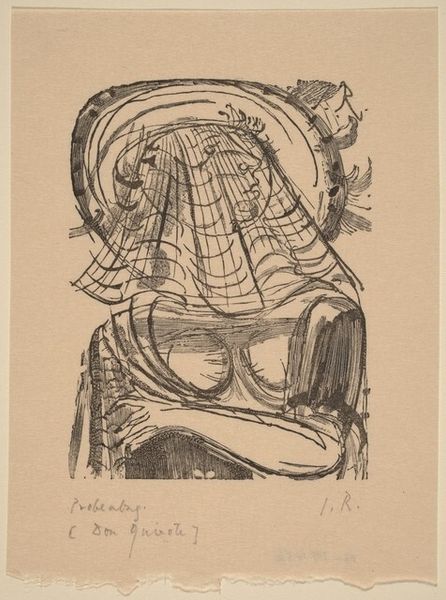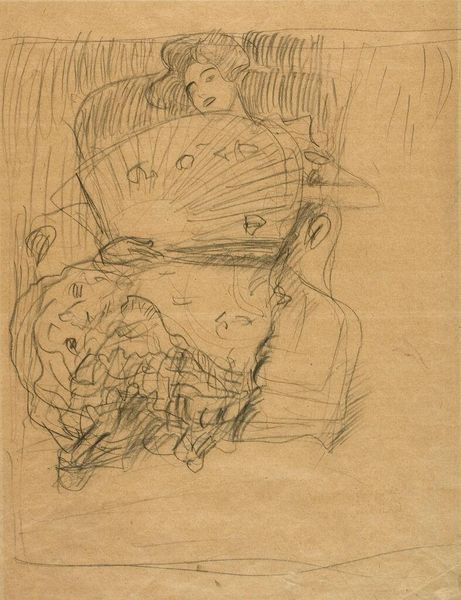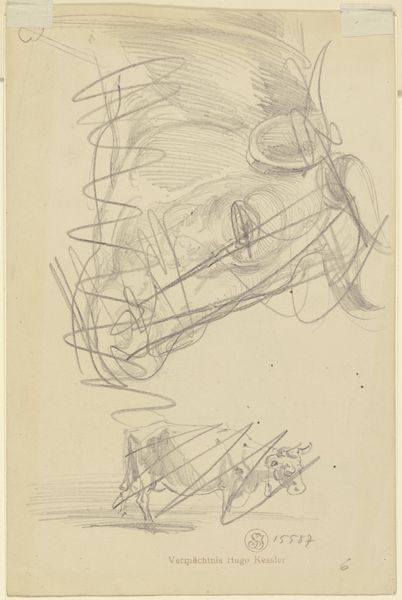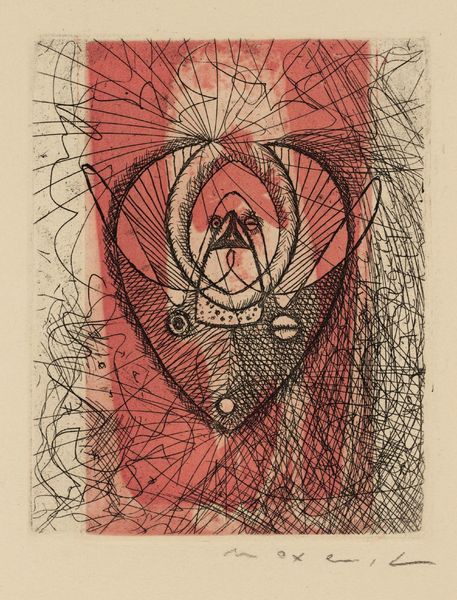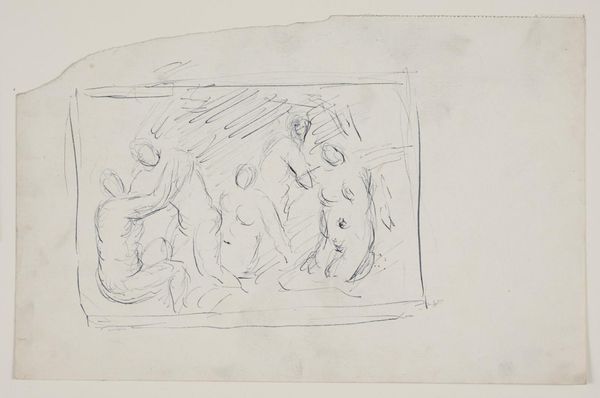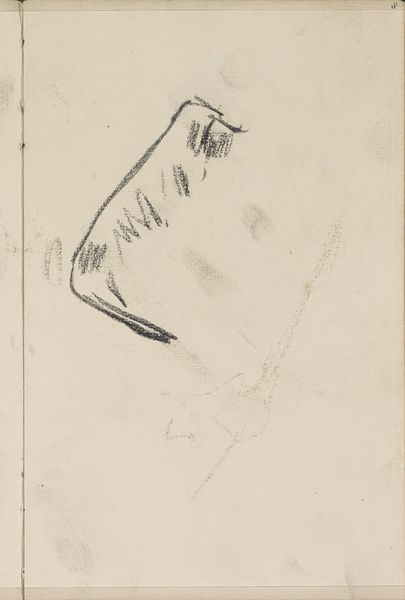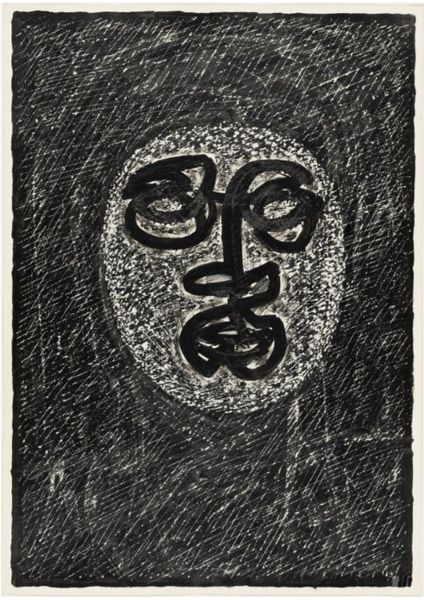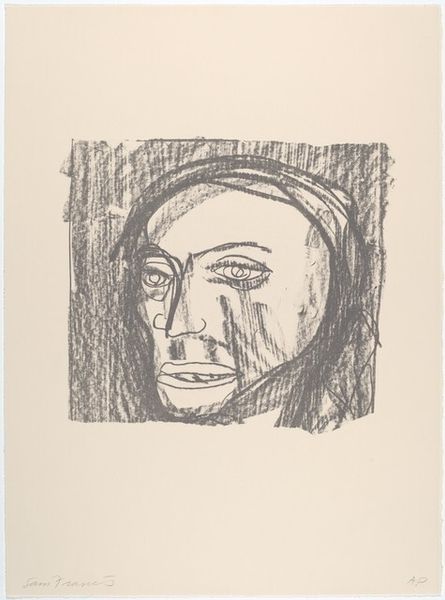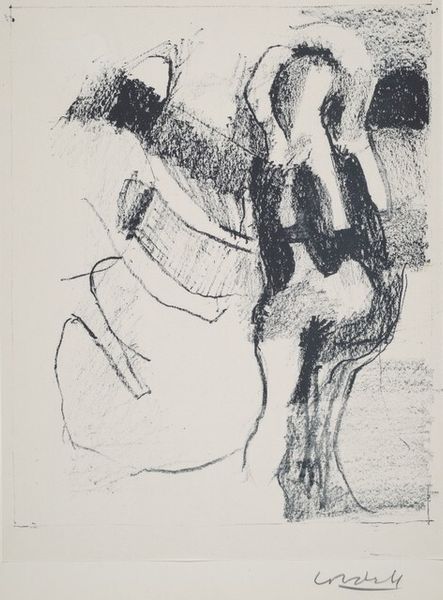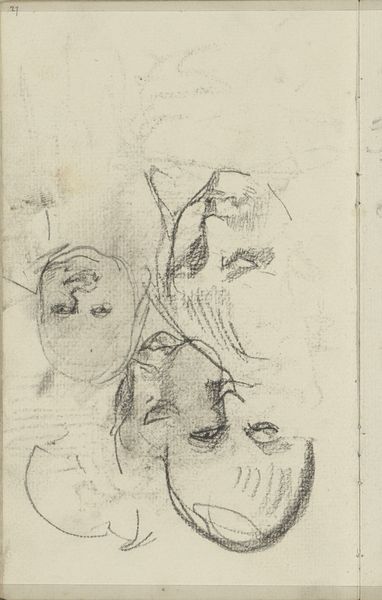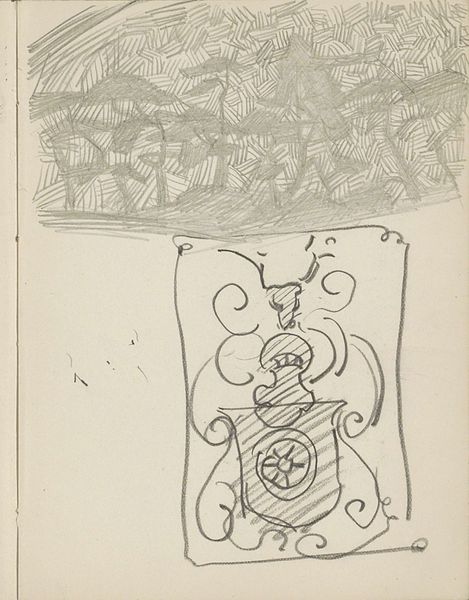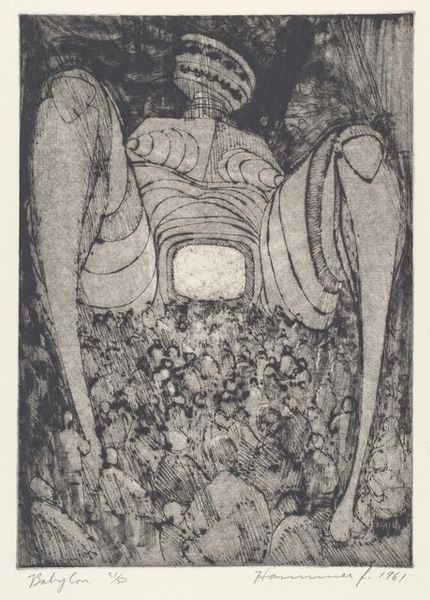
Dimensions: 29.1 x 20.6 cm (11 7/16 x 8 1/8 in.)
Copyright: CC0 1.0
Curator: Robert David Gauley's pencil drawing, "Capital, after the Antique," captures a fragment of architectural history. It resides here at the Harvard Art Museums. What's your immediate take? Editor: It feels like a whisper of a forgotten empire. I'm thinking about how classical architecture, often associated with power, becomes fragile and incomplete through time. Curator: Exactly. There's something melancholic about its incompleteness. It's not just a depiction; it's Gauley's personal encounter with history. I wonder, what drew him to this particular fragment? Editor: Perhaps the fragment speaks to larger themes of cultural appropriation and how Western societies have historically engaged with, and often dominated, the aesthetic traditions of the Eastern Mediterranean. Curator: Hmmm. Maybe. Or, maybe Gauley was simply captivated by the beauty of the acanthus leaves and the way the light played on the stone. It's a quiet, almost meditative study. Editor: Perhaps both readings hold water. The drawing is both an aesthetic choice and a statement reflecting power relations embedded in art history. It reminds us of the enduring questions that art continues to pose to us. Curator: Agreed. And it reminds us that every fragment holds a multitude of stories.
Comments
No comments
Be the first to comment and join the conversation on the ultimate creative platform.
